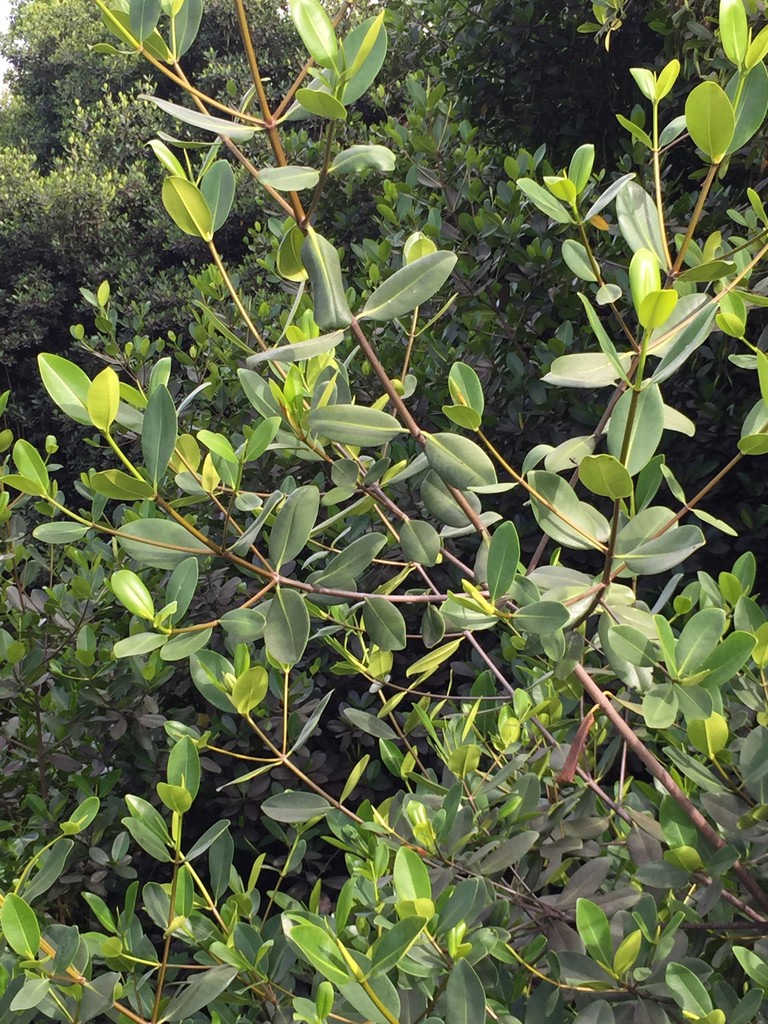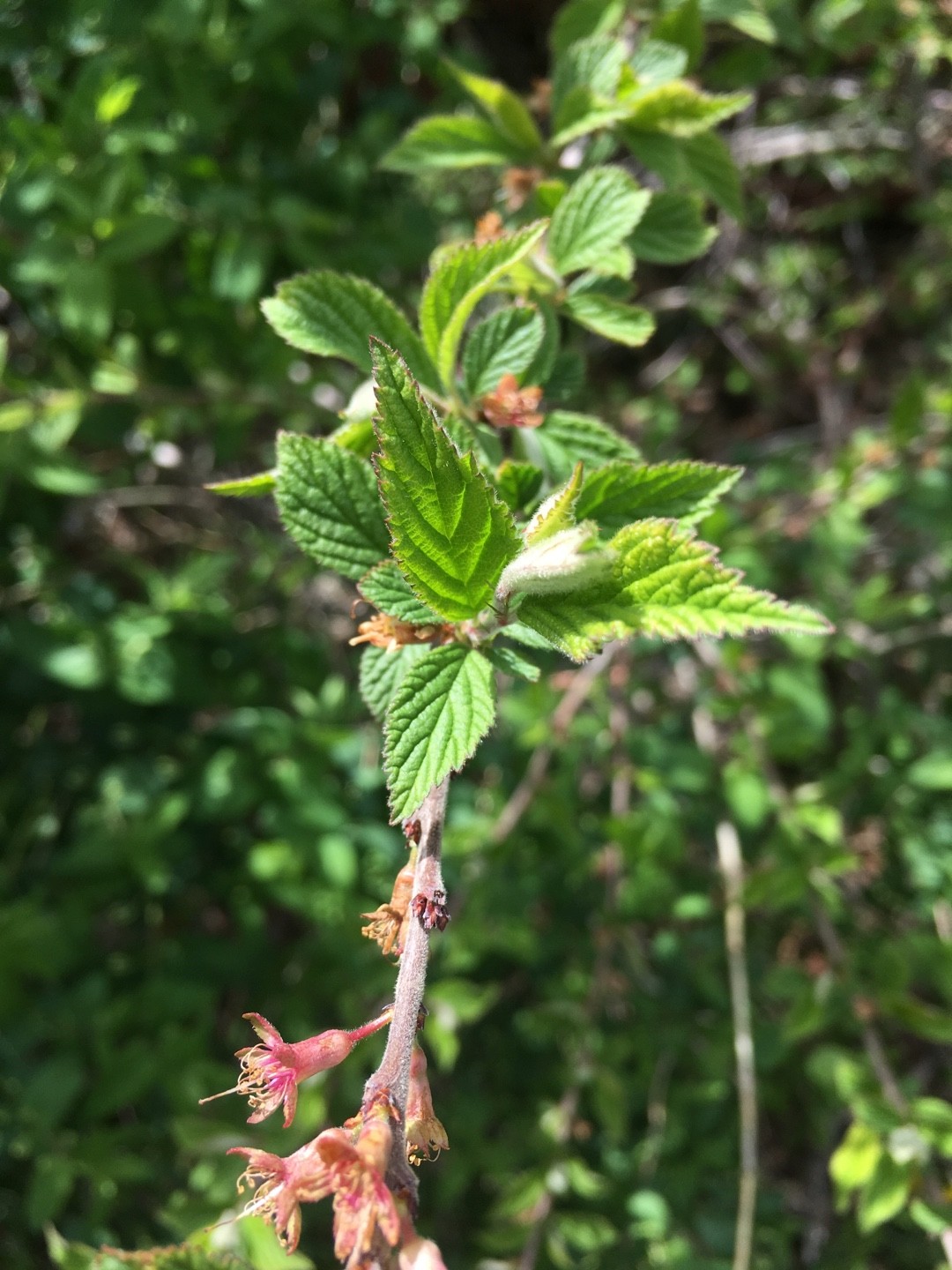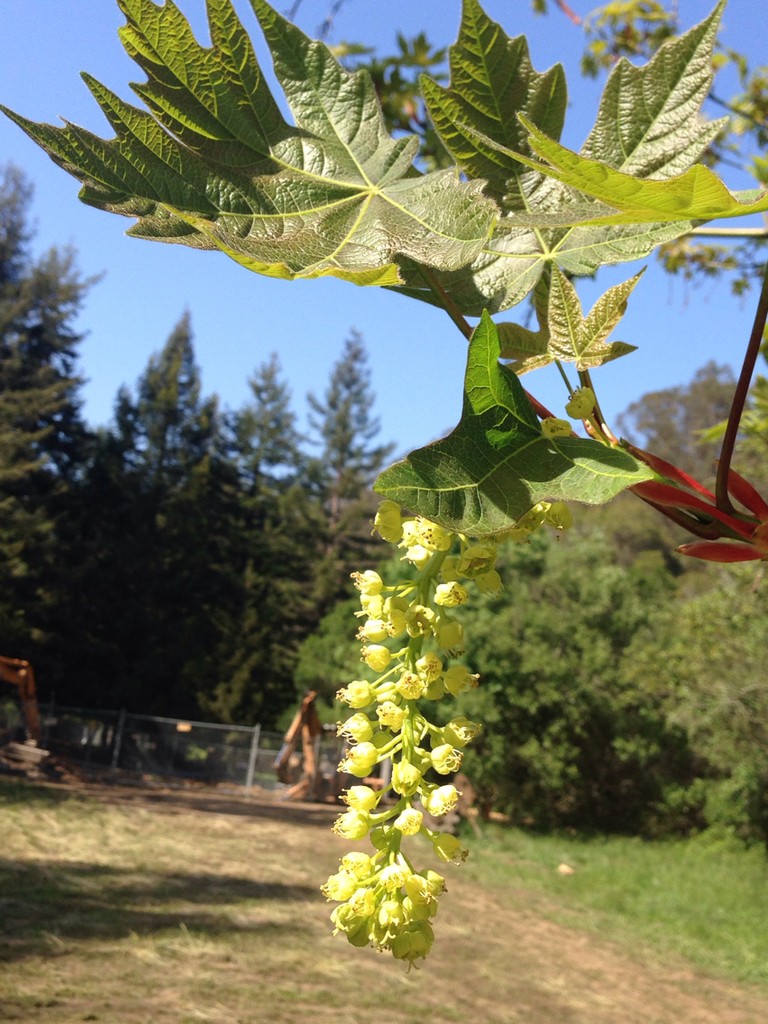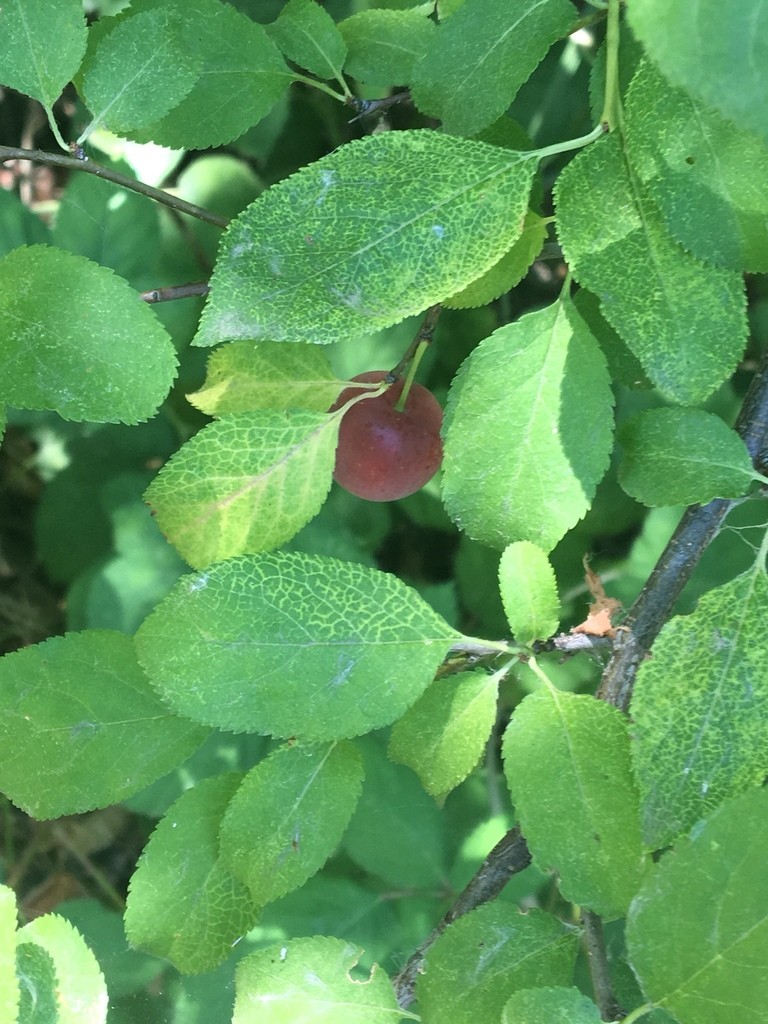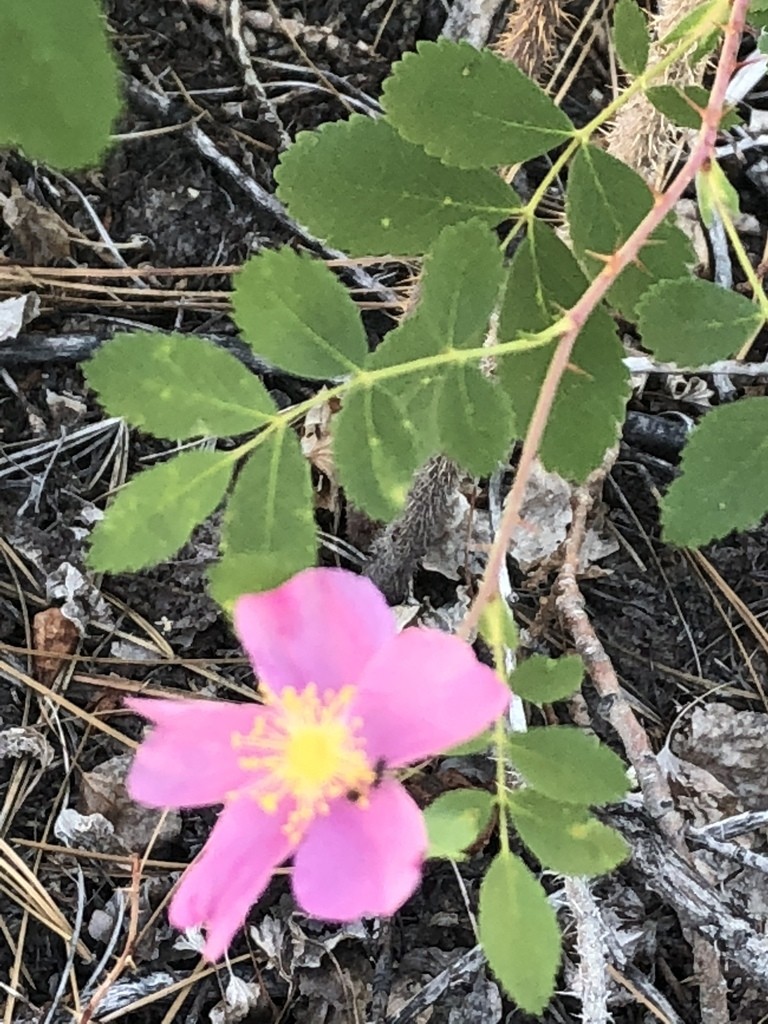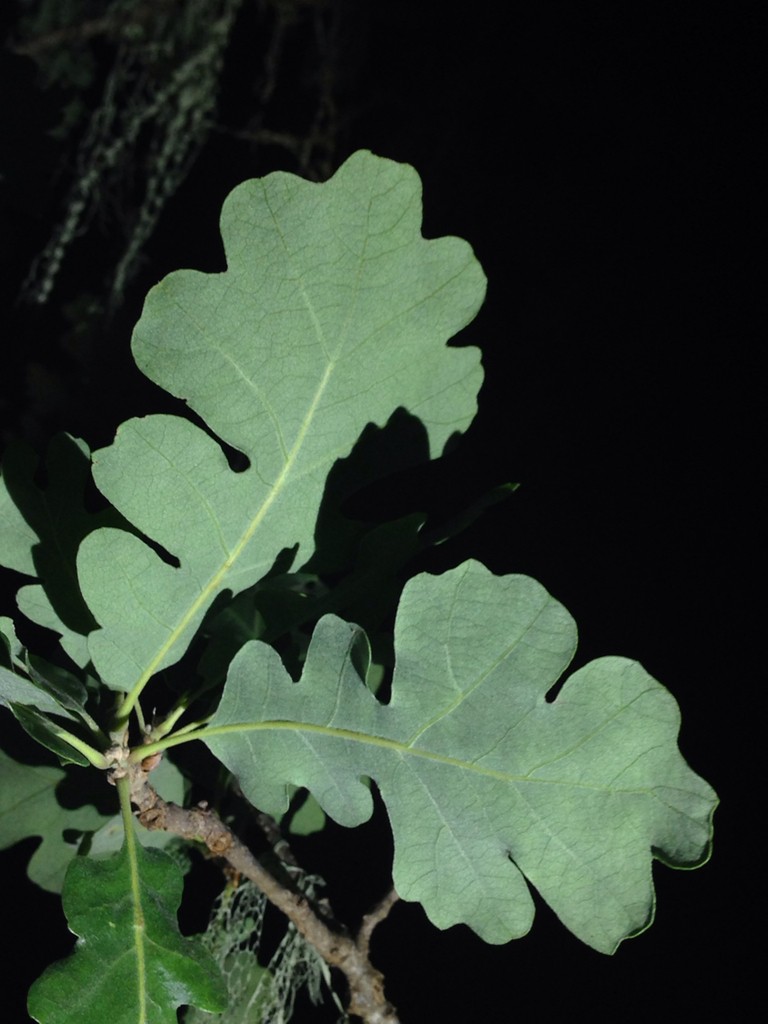Touch-me-nots 'Infinity Light Purple'
Touch-me-nots 'Infinity Light Purple' is a lush, bushy annual with a non-stop display of large, light purple flowers that bloom profusely. Its vibrant blossoms contrast with deep green, lance-shaped leaves, flourishing in sun to shade. Humidity tolerant, touch-me-nots 'Infinity Light Purple' thrives in moist, well-drained soil, making it a stand-out in containers, hanging baskets, or garden beds.









































